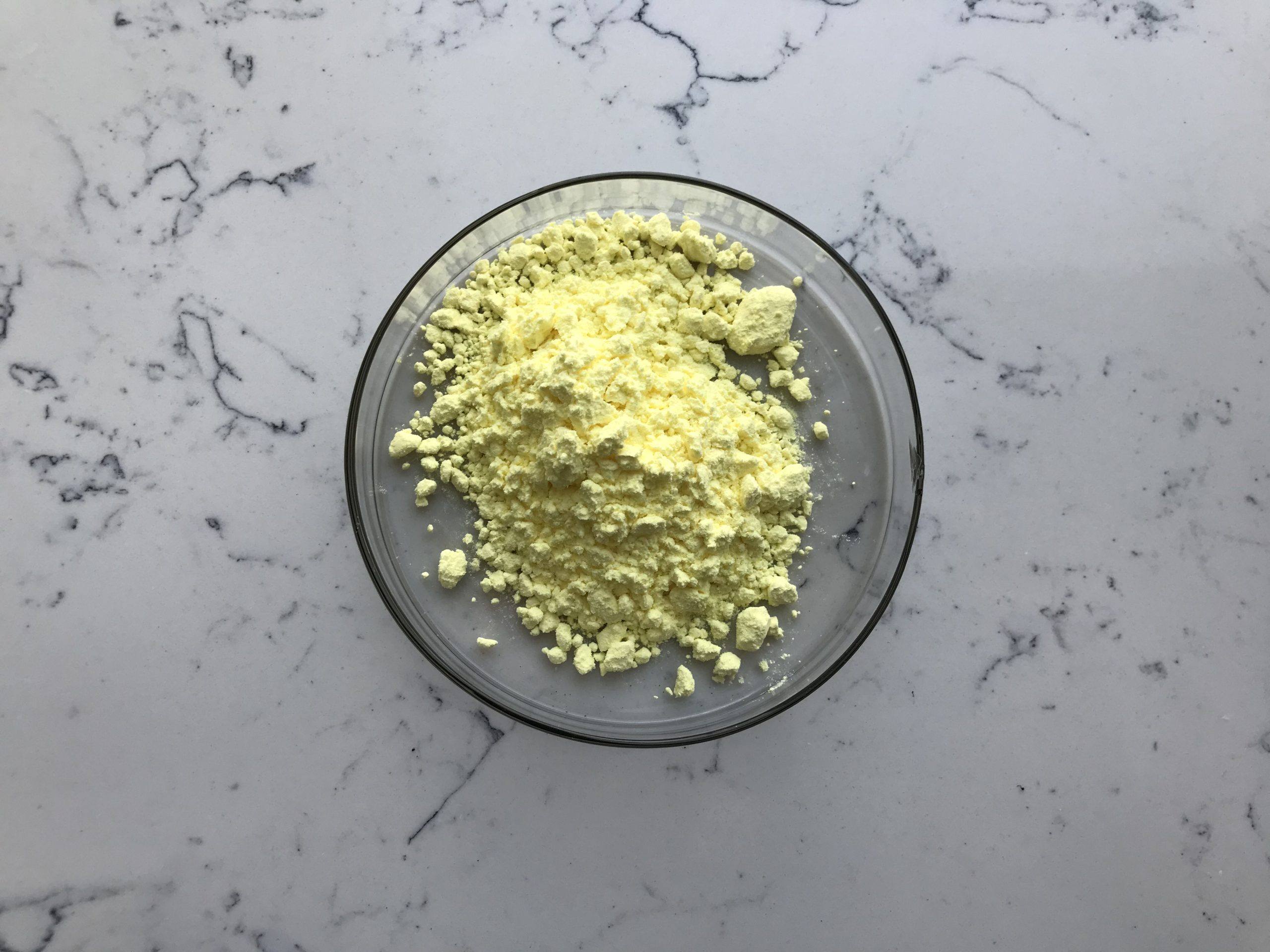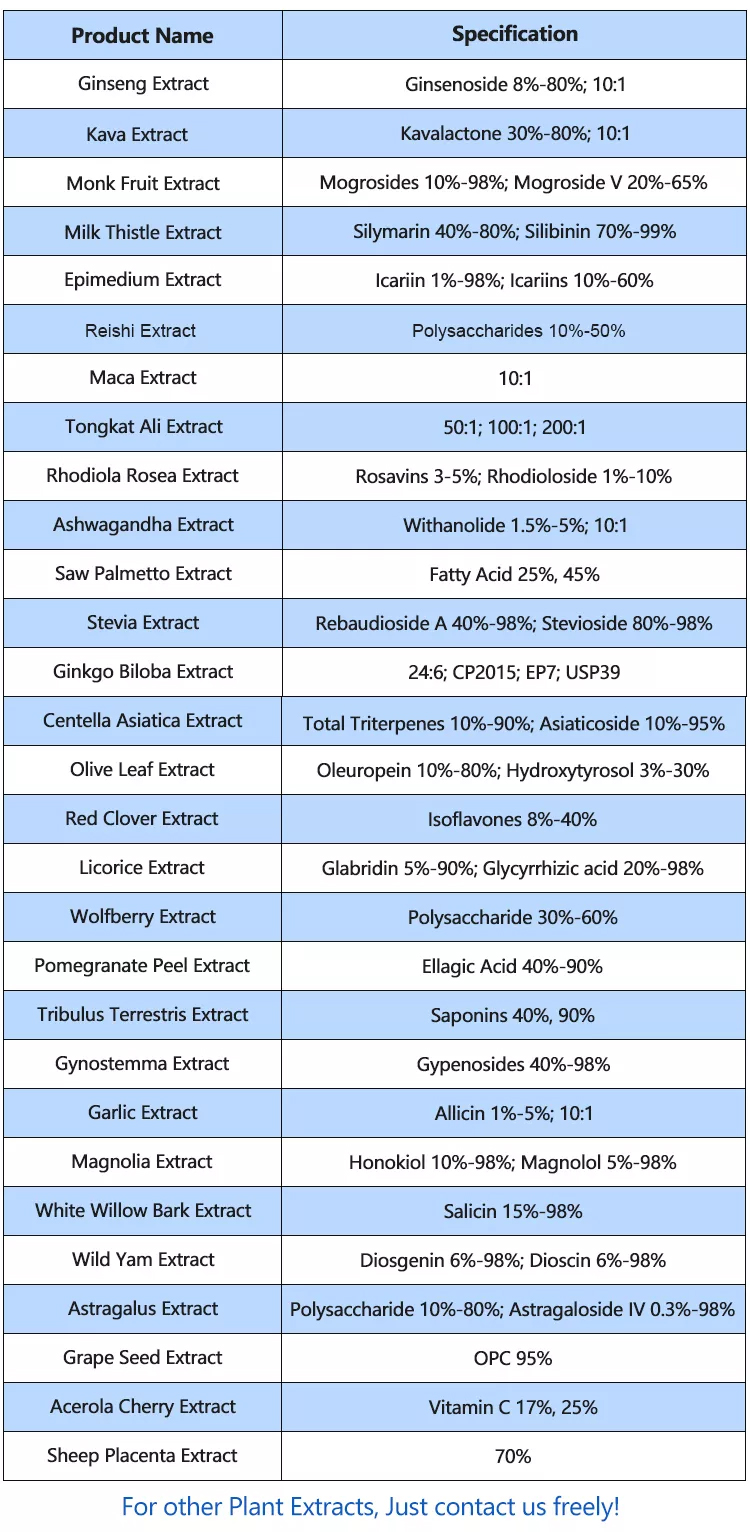Kava Extract is a plant native to the Pacific islands, and its root extract has been used traditionally as a beverage with sedative and anxiolytic properties. The main active compounds in kava responsible for its effects are a group of compounds called kavalactones. The most well-known kavalactones include:
1.Kavain (also known as kawain)
2.Dihydrokavain
3.Yangonin
4.Desmethoxyyangonin
5.Methysticin
6.Dihydromethysticin

The chemical structures of these kavalactones are relatively complex, and I’ll describe the general structure of kavalactones here:
Kavalactones have a bicyclo[4.4.0]decanone core structure, which consists of a central ring system. They also typically have various substituents and functional groups attached to this core structure, which contribute to their distinct properties. The kavalactones exhibit variations in the types and positions of these substituents.
As for physical properties, kavalactones are typically pale yellow to tan, crystalline solids. They are moderately soluble in water and more soluble in organic solvents like ethanol. Their melting points can vary depending on the specific kavalactone, but they generally range from around 80 to 120°C (176 to 248°F).
It’s important to note that while kavalactones do have psychoactive effects, there have been concerns about their potential hepatotoxicity (liver toxicity). As a result, several countries have issued warnings or regulations regarding the use of kava supplements or extracts. Before using kava products, it’s advisable to consult with a healthcare professional, especially if you have any underlying health conditions or are taking other medications.
Please keep in mind that my knowledge is based on information available up until September 2021, and there might have been developments or new research findings since then.
Application of Kava Extract
As of my last knowledge update in September 2021, kava extract has been traditionally used as a beverage in Pacific Island cultures for its anxiolytic (anxiety-reducing) and relaxing effects. It’s derived from the roots of the kava plant (Piper methysticum) and contains active compounds called kavalactones, which are believed to be responsible for its effects. However, it’s important to note that the clinical application of kava extract has been a topic of debate and concern due to potential health risks.
Kava extract has been studied for its potential therapeutic uses, primarily in the area of anxiety and stress relief. Some research suggested that kava might be effective in reducing anxiety symptoms without causing significant cognitive impairment. It was even available as an over-the-counter dietary supplement in some countries.
However, concerns arose about the potential for kava to cause liver toxicity. Several cases of severe liver damage associated with kava consumption were reported, leading to bans or restrictions on kava products in various countries. Due to these safety concerns, regulatory agencies in some regions advised against the use of kava-containing products.

Because of this controversy, the clinical application of kava extract has been limited, and its use has declined in recent years. Researchers and regulatory agencies have called for further studies to better understand the risks and benefits of kava consumption.
Before considering any clinical application of kava extract, it’s essential to consult with a qualified healthcare professional. They can provide you with the most up-to-date and accurate information about its potential benefits and risks, as well as any regulatory restrictions that may be in place in your region. Keep in mind that developments may have occurred since my last update, so I recommend checking more recent sources for any updates on the clinical application of kava extract.
